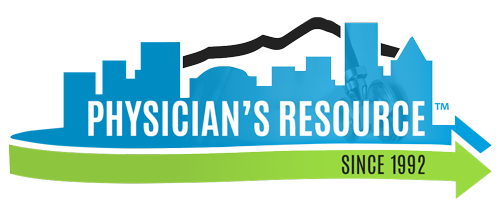OSHA Guidelines for Ergonomics in the medical workplace
Work-related musculoskeletal disorder, or MSD, is one of the biggest challenges in the workplace, not only for employees but also for employers. This is especially true in the healthcare sector, where repetitive lifting of patients or other similar activities often leads to occupational injuries, resulting in pain, discomfort, and high costs.
The good thing is that ergonomics can help address the hazards before they lead to serious health issues like MSD.
Ergonomics is the process of adapting the workstation, tools, or job to the employee and not the other way around. This way, the work becomes safer and easier, and your staff becomes more productive.
OSHA Guidelines for Ergonomics
The Occupational Safety and Health Administration, or OSHA, does not have specific regulations that apply to ergonomics in the workplace.
That said, Section 5 of the OSH Act of 1970 clearly states that the responsibility of the employers extends beyond complying with hazard-specific standards. They must create a safe workplace where people can perform their tasks without the risk of physical harm or death.
Based on this objective, OSHA came up with the following recommendations ergonomics-wise.
Engineering Controls
All employers covered by OSHA regulations should come up with engineering controls to eliminate or reduce the hazard that comes with certain tasks. This can be done by implementing physical changes to the area, such as redesigning tools and equipment to prevent awkward positions, installing a device to do the heavy lifting, or repositioning a table to encourage proper posture.
One of the biggest barriers that prevent some employers from taking this step is the cost. Naturally, you have to spend money to purchase new tools or make changes to existing equipment.
That said, investing in this type of solution can help prevent injuries, increase your team’s productivity, reduce lost work days, and boost the morale of your staff. At the end of the day, you will get more in return.
Administrative Controls
In some cases, you can implement administrative controls instead of spending money on engineering controls.
For instance, you can come up with a work standard where at least two people are required to lift heavy objects. This will help reduce the strain on your staff without costing you anything.
Another example is rotating your personnel to prevent prolonged exposure to repetitive movements. This includes assigning someone to relieve co-workers so they can take periodic breaks.
The key is to look for more efficient ways of doing things so your staff is protected from injuries or illnesses.
Personal Protective Equipment
The typical workplace in the healthcare sector has more hazards than most people realize. So it is understandable if you’re not able to eliminate all of them even after implementing engineering and administrative solutions.
In this situation, you can still protect your staff by providing them with personal protective equipment or PPEs. For instance, give them thermal gloves if they work under cold conditions or padding to reduce friction or the effect of vibration.
Other Recommendations
Aside from the above guidelines, OSHA has other recommendations for employers in the healthcare sector and other industries.
1. Management Should Lead the Way
Ensure that you provide strong management support as you go through the process of improving workplace ergonomics. Define your objectives clearly and communicate them to your staff. It is the best way to keep everyone on the same page moving forward.
2. Workers Must Be Directly Involved
In many cases, the success or failure of your ergonomics program would depend on the cooperation of your staff. After all, they are the ones who have to wear the PPEs and follow established work processes.
More importantly, they know their work areas very well and are in the best position to identify the hazards. So listen to them when they voice their concerns and keep an open line of communication with them.
3. Provide Safety Training
Training is a vital part of your safety journey. It helps ensure that your staff knows the ergonomics standards in your organization and that they know when and how to follow these guidelines.
They must learn how to use tools safely or wear PPE properly. Ideally, each employee should also know how to recognize the early signs of MSD.
4. Identify and Address Problem Areas
As much as possible, conduct a periodic review of your clinic or facility with the goal of improving ergonomics. This way, you can identify existing problems and anticipate potential issues. It is also a good practice to review injury records and worker reports.
Talk to the Experts
Improving workplace ergonomics is a complex task that is hard for anyone to tackle on their own.
Physician’s resource is here to help.
We have a team of safety experts ready to provide OSHA consulting and training services to businesses in the healthcare sector. With our help, you can identify and correct safety hazards, develop a strong ergonomics program, and comply with OSHA standards.
Call us at 1-800-615-1729 to schedule a free consultation with one of our safety specialists today!






Leave a Reply
Want to join the discussion?Feel free to contribute!